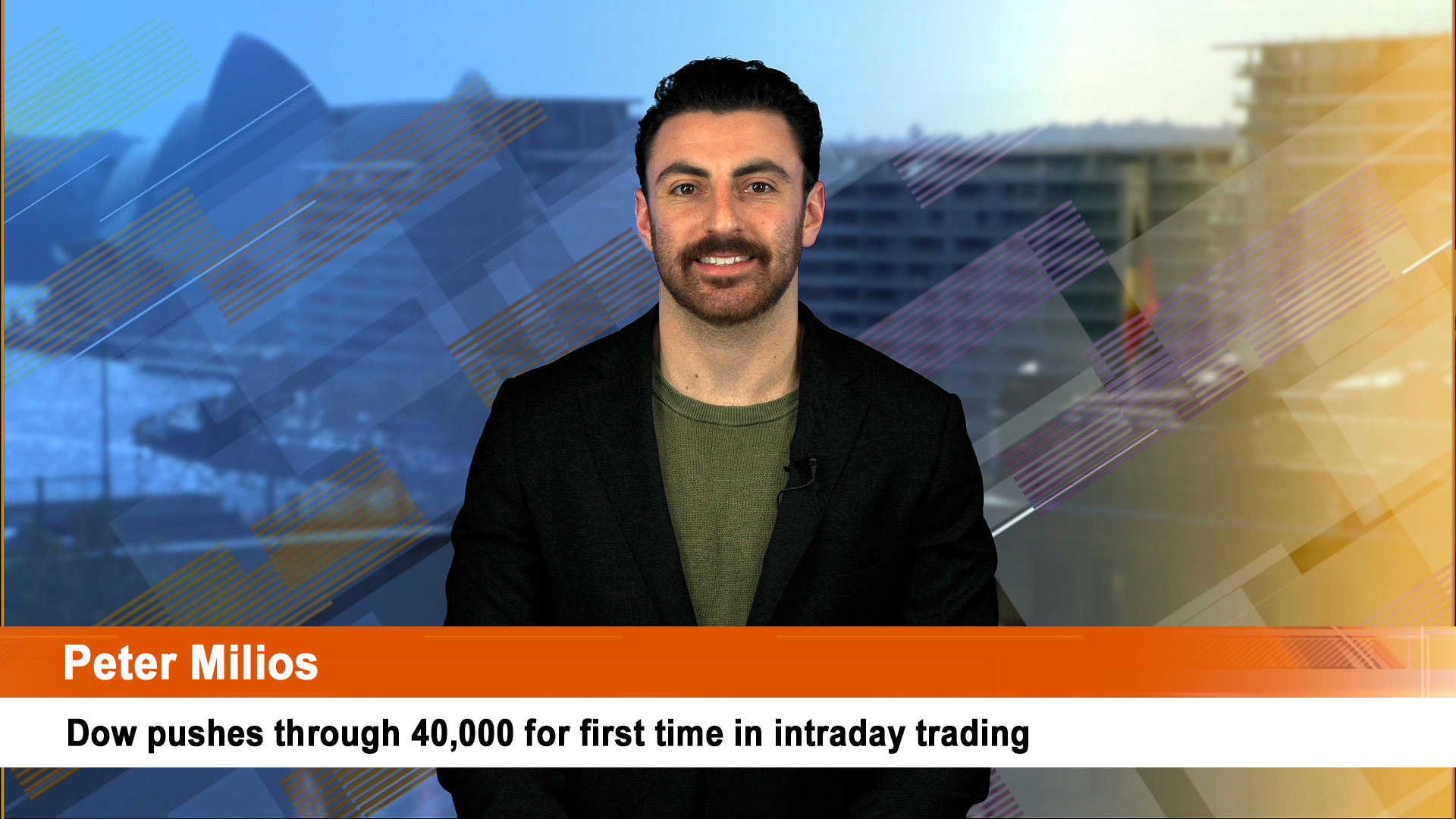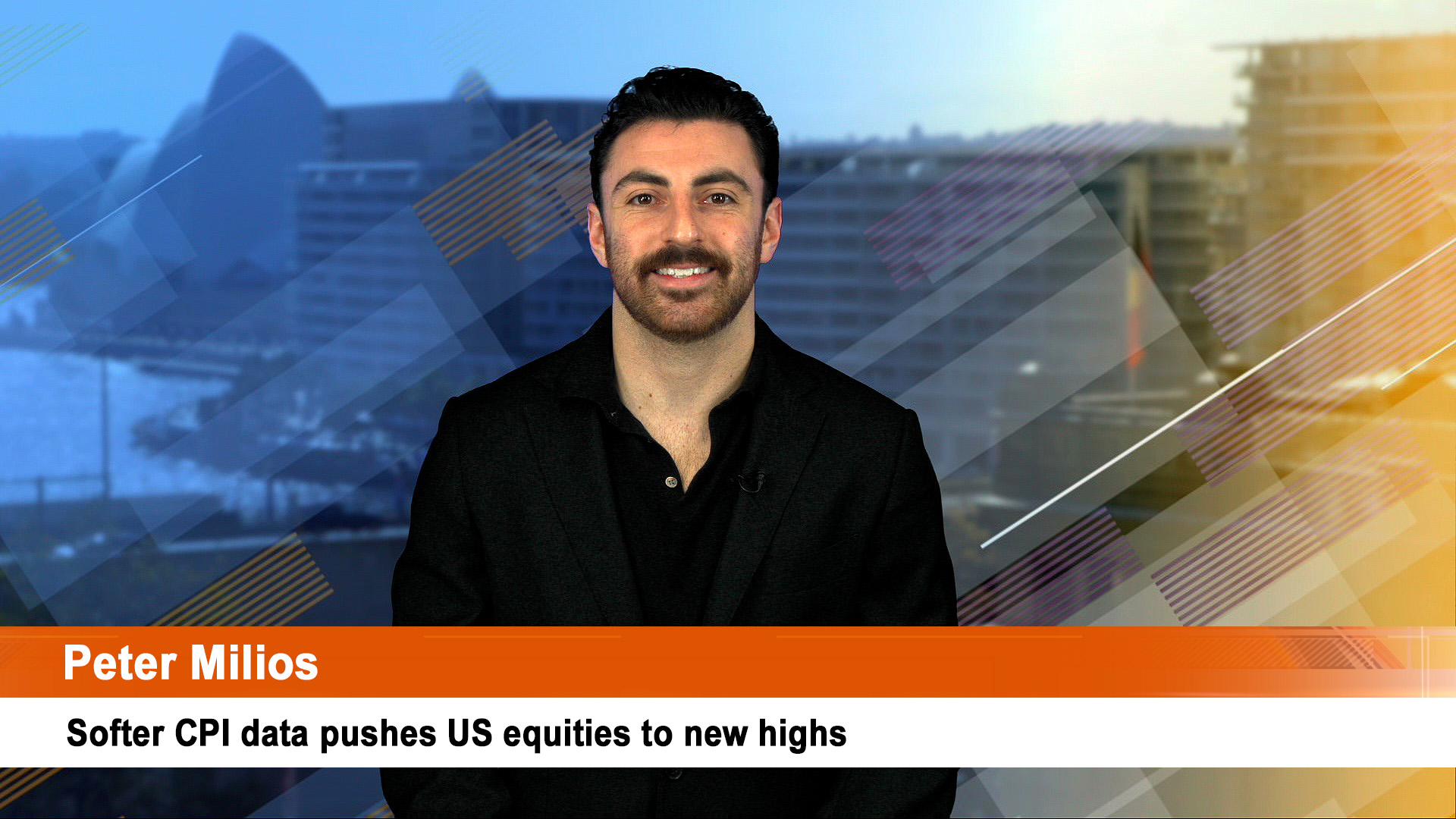Another big selloff is on the cards for the ASX today after Australian investors got the timing wrong again on Friday with a 1.75% or 116-point jump in response to Wall Street’s one-off surge on Thursday, most of which it subsequently reversed with a sharp slide on Friday.
Friday was in fact an inverse blueprint of Thursday’s session on Wall Street which saw an early slide and then a stunning gain as the Dow went through a 1,500 point plus swing.
Shares went into reverse after initially rising at the opening open, while the dollar was rising in a volatile session as investors digested Russia’ suggestion that it would ease attacks against Ukraine, the British Prime Minister’s firing of her finance minister and the start of US earnings season which saw weak results (as expected) from four of the country’s biggest banks, led by JP Morgan and Citi (See separate story).
The Dow fell 403.89 points, or 1.34%, to end the session at 29,634.83. Still, the index was up 1.15% on the week.
The S&P 500 shed 2.37% to 3,583.07 for its seventh negative close in eight days. The Nasdaq slipped a nasty 3.08%, ending the day at 10,321.39, weighed down by losses in Tesla and Lucid Motors, which declined 7.55% and 8.61%, respectively.
Both the S&P 500 and the Nasdaq ended the week lower, falling 1.55% and 3.11%, respectively.
Eurozone shares were up 0.1%, Japanese shares down 0.1% and Chinese shares rose %.
Thursday’s US bounce saw the Australian market end the week down just 0.1% with strong gains in financials on Friday (The big four banks) offset by sharp falls in IT, utilities and health shares.
Bond yields rose. Metal, oil and iron ore prices fell but metal prices rose slightly. The $A fell below $US0.62 as the $US rose.
The ASX 200 is looking at a 102-point slide when trading resumes Monday morning after Friday’s big rise was not followed up anywhere else.
It was a catch-up rally and again caught local bulls who should have known better by surprise – it has happened before and will happen again.
This week will also see lots of local annual meetings locally, quarterly reports from some big resource groups, led by Rio Tinto today and BHP tomorrow, the ANZ Bank will test the current bullishness about local banks with its full year figures on Thursday from what is seen as the worst managed of the big four.
There’s also the jobs data for September on Thursday which influence the Reserve Bank’s interest rate decision on November 1 and the US third quarter earnings season accelerates with Tesla and Netflix out today and tomorrow with market influencing quarterly reports.
After escalating attacks on Ukraine in recent days, Russian President Vladimir Putin said his call-up of Russian reservists would end soon with no plans for a further mobilisation and no need for massive new strikes on Ukraine.
Analysts point out that Putin rarely negotiates and his comments are a ploy to gain time as the fall of the major southern city of Kherson becomes a reality with Russia trying to evacuate people. Last week Putin annexed the region where Kherson is, now he looks like losing yet another bit of the territory he tried to steal illegally.
The pound fell sharply against the greenback after British Prime Minister Liz Truss fired Chancellor Kwasi Kwarteng and scrapped a second major part of September’s 45-billion-pound unfunded tax cut that triggered the latest pound and bond crisis in the UK.
The dollar also kept rising against Japan’s beleaguered yen, hitting a fresh 32-year peak of 148.86, the pound dipped to just under $US1.12 after falling further and the Aussie dollar slipped under 62 US cents to 61.94 before recovering to finish the week at 62.02.
Oil fell sharply as recession concerns translated to worries about demand and the potential for easing tensions between Russia and Ukraine added pressure.
…………
Investors will be watching ASX-listed insurance groups closely today after a High Court decision raised the prospect that the companies might be able to return hundreds of millions of dollars in provisions to their profit and loss accounts.
The High Court on Friday declined to hear a further appeal in a long and complex dispute over “business interruption” cover, and whether insurers are liable for losses associated with pandemic lockdowns in 2020 in particular.
Investors are betting insurance companies such as IAG, Suncorp (AAMI) and advisers like Steadfast will see a big benefit from the decision – it will be a question of how quickly the reserves can be released.
Friday’s High Court decision provides greater clarity to the market, because it means most of the appeals have now reached the end of the road, and a previous Federal Court decision from February will stand.
Analysts say the court decisions will cut the number and size of the claims bill and will see earnings bolstered in the next year as money is released from reserves.
Insurers could do with the boost with the battering their claims portfolios are taking from La Niña, heavy rain and floods.













